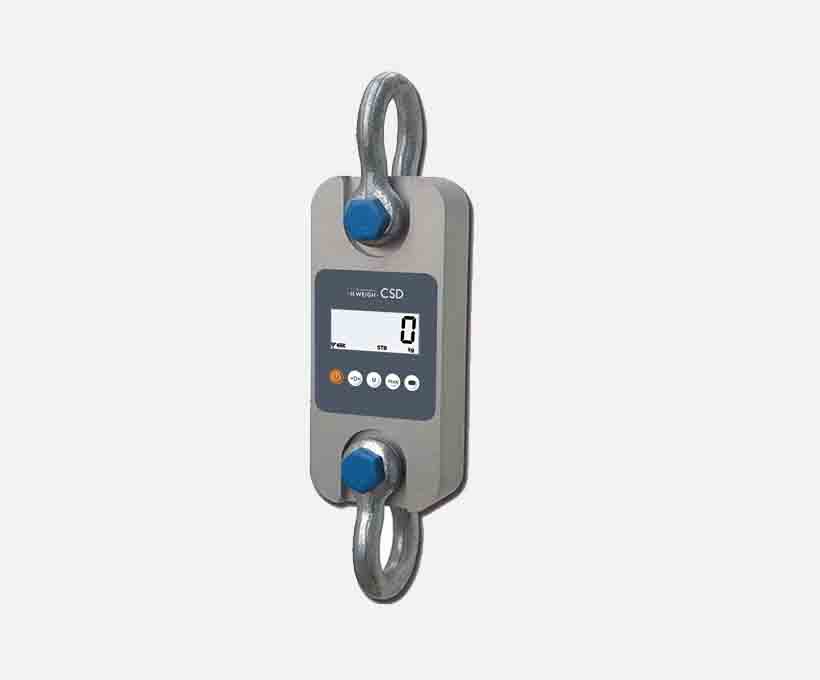
DIGITAL DYNAMOMETER
Digital Dynamometer Manufacturer
youtube-giribrothers
Our Digital Dynamometer is a state-of-the-art instrument engineered for precise force measurement and data analysis across a range of applications. This advanced device offers unparalleled accuracy and user-friendly features, making it a valuable tool for industries where force measurement is critical.
Features
- High Precision: Our Digital Dynamometer provides exceptional accuracy in measuring force, ensuring reliable data for your applications.
- Digital Display: The clear digital display offers easy-to-read force measurements, eliminating the guesswork.
- Versatility: Suitable for various applications, including material testing, quality control, research, and development.
- Peak Hold Function: Capture peak force values for analysis, useful for testing and troubleshooting.
- Multiple Units: Switch between different units of force measurement, such as Newtons, pounds, or kilograms.
- Tare Function: Zero out any container or fixture weight to measure the force applied accurately.
- User-Friendly: Intuitive interface for ease of operation, reducing the learning curve.
- Data Output: Connect to a computer or data logger for data storage and further analysis.
- Built to Last: Durable construction ensures longevity, even in demanding industrial environments.
- Overload Protection: Safeguards the device from damage due to excessive force.
- Compact Design: Portable and easy to transport for on-site measurements.
- Calibration Certificate: Includes a calibration certificate for traceability and quality assurance.
- Battery-Powered: Operates on batteries for convenience, ensuring uninterrupted usage.
Digital Dynamometer Manufacturer
A digital dynamometer is a device used to measure force, torque, or tension. Its digital nature provides accuracy and often includes additional features for data logging and analysis. Here’s an outline for exploring the applications of a digital dynamometer:
1. Introduction to Digital Dynamometer Applications
- Define a digital dynamometer and its fundamental role in force and torque measurement.
- Briefly explain the transition from traditional dynamometers to digital technology.
2. Industrial Load Testing
- Explore how digital dynamometers are employed for load testing in manufacturing and construction.
- Discuss their role in ensuring the structural integrity of materials and components.
3. Tension Measurement in Material Handling
- Highlight the use of digital dynamometers for measuring tension in material handling applications, such as lifting and towing.
4. Automotive Industry: Engine Testing
- Discuss how digital dynamometers are integral in the automotive industry for engine testing and performance analysis.
5. Medical Applications: Rehabilitation Equipment
- Explore how digital dynamometers are utilized in medical settings for assessing and monitoring strength during rehabilitation exercises.
6. Aerospace: Aircraft Component Testing
- Explain the role of digital dynamometers in the aerospace industry for testing the strength and durability of aircraft components.
7. Sports Science: Athlete Performance Measurement
- Discuss applications in sports science, focusing on how digital dynamometers are used to measure and improve athlete performance.
8. Research and Development: Material Science
- Explore the use of digital dynamometers in material science research, including testing the mechanical properties of new materials.
9. Quality Control in Manufacturing
- Highlight the role of digital dynamometers in ensuring product quality by verifying the force or torque specifications in manufacturing processes.
10. Construction Industry: Tensioning and Torqueing
- Discuss how digital dynamometers are applied in the construction industry for tasks such as tensioning cables and torqueing bolts.
11. Marine Industry: Towing and Mooring
- Explore how digital dynamometers play a crucial role in the marine industry for measuring forces during towing and mooring operations.
12. Educational and Training Tools
- Discuss the use of digital dynamometers as educational tools in engineering and vocational training programs.
13. Data Logging and Analysis Features
- Highlight how the digital nature of dynamometers allows for advanced data logging and analysis, aiding in performance optimization.
14. Future Trends: Advances in Digital Dynamometry
- Provide insights into emerging technologies and trends in the field of digital dynamometry, such as wireless connectivity and real-time analytics.
The functionality of a digital dynamometer, which is a device used for measuring force, tension, and load, can vary based on the specific model and features provided by the manufacturer. However, here are some common functionalities that you might find in digital dynamometers manufactured for various applications:
- Force Measurement: Digital dynamometers are primarily designed to measure force accurately. This can include both tension (pulling force) and compression (pushing force).
- Digital Display: Most digital dynamometers are equipped with a digital display that shows the real-time force readings in units such as Newtons or pounds, providing immediate and precise information.
- Load Capacity: Dynamometers come in different load capacities to suit various applications. Manufacturers often specify the maximum load the device can handle without compromising accuracy.
- Peak Hold Function: Some models have a peak hold function, which captures and displays the maximum force applied during a measurement session. This is useful for identifying peak loads.
- Units Conversion: Many digital dynamometers allow users to switch between different units of force measurement, providing flexibility in data interpretation.
- Zeroing and Taring: The ability to zero or tare the dynamometer allows users to account for any initial load or tension, ensuring accurate measurements by starting from a baseline of zero.
- Data Logging: Advanced digital dynamometers may have data logging capabilities, allowing users to record and analyze force measurements over time. This can be crucial for quality control or research purposes.
- Bluetooth or USB Connectivity: Some modern dynamometers come with connectivity options, enabling users to transfer data to external devices for further analysis or documentation.
- Battery or Power Options: Depending on the model, digital dynamometers can be powered by batteries or other power sources, ensuring portability and flexibility in different environments.
- Durability and Construction: Manufacturers focus on the design and construction of digital dynamometers to ensure durability and reliability, especially in industrial or rugged settings.
- Overload Protection: Many dynamometers have built-in features to protect against overload, preventing damage to the device and ensuring user safety.
- Calibration: Digital dynamometers may come with a calibration certificate, indicating that the device has been calibrated to meet accuracy standards. Calibration is crucial for obtaining reliable measurements.
- User-Friendly Interface: Manufacturers often design digital dynamometers with user-friendly interfaces, making them easy to operate and navigate.
- Application-Specific Features: Depending on the intended application, digital dynamometers may include specialized features. For example, some are designed for use in crane and lifting applications, while others may be tailored for material testing.
Certainly! When discussing subtopics related to digital dynamometer manufacturers, you can delve into various aspects of their products, services, and industry presence. Here are some subtopics:
- Product Range:
- Explore the different types and models of digital dynamometers offered by the manufacturer.
- Discuss the load capacities, measurement precision, and specific features of each product.
- Technological Features:
- Detail the advanced technological features incorporated into the digital dynamometers, such as data logging, peak hold, connectivity options, and calibration mechanisms.
- Applications:
- Highlight the diverse applications of the digital dynamometers, ranging from industrial uses to research and testing purposes.
- Provide case studies or examples of how these dynamometers are employed in various industries.
- Quality and Standards:
- Discuss the quality assurance processes employed by the manufacturer to ensure the accuracy and reliability of their digital dynamometers.
- Explore any certifications or standards that the products adhere to.
- User Interface and Ease of Use:
- Explore the user interface design of the digital dynamometers, emphasizing how user-friendly they are.
- Discuss features like zeroing, taring, and any other functionalities that enhance ease of use.
- Durability and Construction:
- Discuss the materials and construction methods used in manufacturing digital dynamometers to ensure durability in different environments.
- Highlight any features that contribute to the robustness of the devices.
- Connectivity Options:
- Explore the connectivity options available, such as Bluetooth or USB, and how these features facilitate data transfer and analysis.
- Battery and Power Management:
- Discuss the power options available for the dynamometers, including battery types and power-saving features.
- Highlight how the design contributes to prolonged battery life.
- Customer Support and Training:
- Explore the customer support services provided by the manufacturer, including technical assistance and troubleshooting.
- Discuss any training resources or materials offered to customers for effective product utilization.
- Industry Presence:
- Investigate the manufacturer’s reputation and standing within the industry.
- Explore any awards, recognitions, or partnerships that reflect the manufacturer’s influence.
- Customization Options:
- Discuss whether the manufacturer offers customization options for their digital dynamometers to meet specific industry or user requirements.
- Warranty and Maintenance:
- Detail the warranty policies associated with the products and any maintenance recommendations provided by the manufacturer.


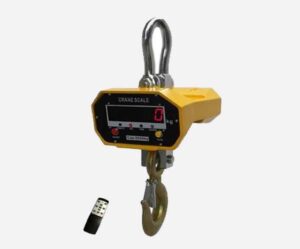
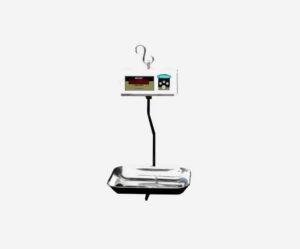
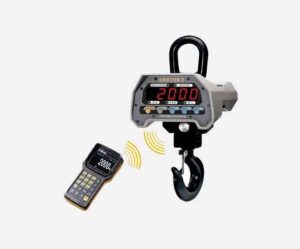
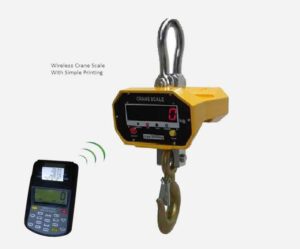
ADMIN GB –
FROM REVIEWS ACROSS WEB
https://www.facebook.com/giribrothers1973/